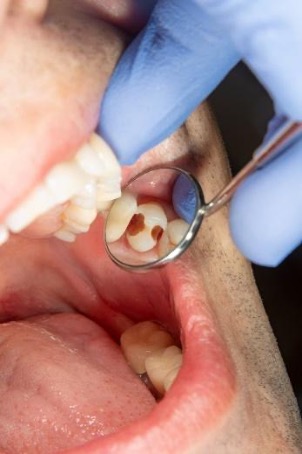Tooth coloured fillings retain the natural appearance of your teeth and are indicated for:
1. Small to medium-sized restorations.
2. Aesthetic closure of small or moderately sized gaps between adjacent teeth.
3. Replacement of amalgam (silver) tooth fillings.
4. Veneers for discoloured teeth.
5. Exposed surfaces of tooth roots.
6. Tooth surfaces that do not bear chewing load.
7. As temporary tooth fillings for large cavities during multiple visit procedures such as root canal treatments.
If untreated, tooth decay may deepen and extend into the inner layers of the teeth, eventually reaching the dental pulp. In such instances, specialised dental treatment such as root canal treatment may be required to alleviate pain and discomfort.




